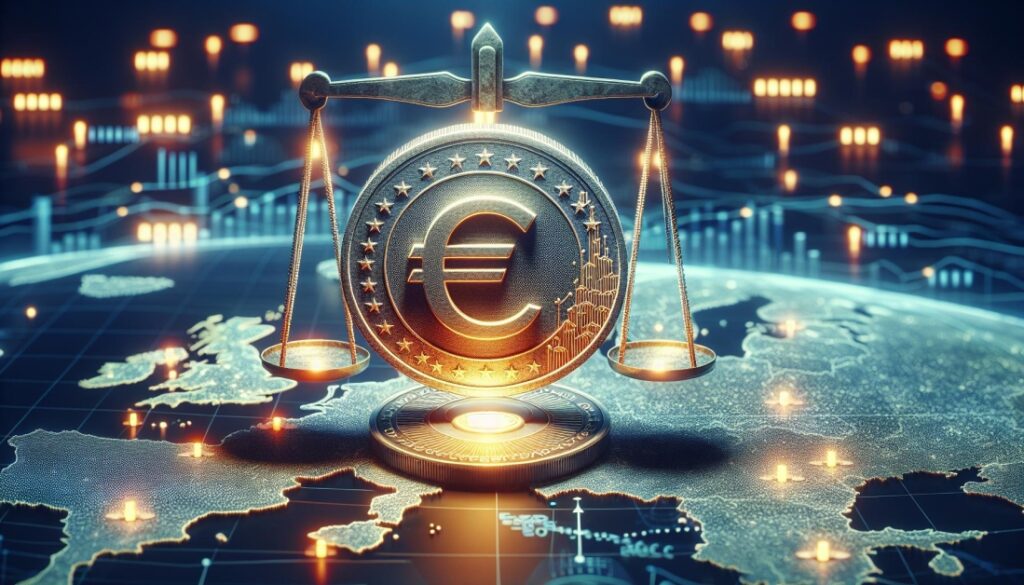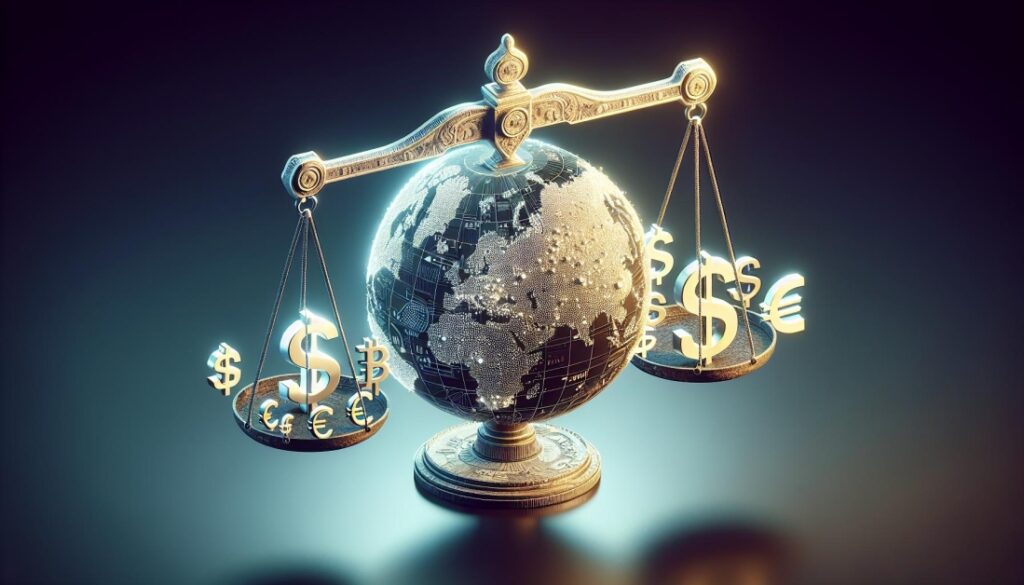It’s Time for a Euro Stablecoin

The recently enacted Crypto Asset Markets Regulation (MiCA) is expected to bring much-needed regulatory clarity. It will also serve as a global standard for crypto regulations. The new framework will not only drive a new development in the crypto industry, but also finally enable the issuance of a stablecoin in Europe, which was long overdue.
Fiat-backed stablecoins are currently a one-player game, with US dollars being the default for most crypto transactions. This preference for the dollar no longer reflects a multipolar world economy.
Kevin de Patoul, CEO and co-founder of Keyrock, is a digital asset producer.
In this context, euro-backed stablecoins are a welcome alternative. It would bring much-needed competition to today’s crypto market.
It’s time to act
Why wasn’t there a viable stablecoin in the Euro? The lack of a euro-backed stablecoin has so far been due to two factors: negative interest rates and regulatory stress.
Negative interest rates in the Eurozone have made it difficult to create a fiat-backed stablecoin, as traders are often looking for yield for risk-taking. Stablecoins are not without risk, no matter how stable they may be.
The situation has changed. In 2022, the European Central Bank (ECB) ended the eleven-year currency experiment in preparation for the economic fallout from the Ukraine war.
MiCA classifies the stablecoins as either “Emoney tokens” or “Significant-Emoney tokens” in terms of regulatory burdens if they are large enough. In order to issue a euro-backed stablecoin and offer it to European counterparties, organizations must be registered and comply with MiCA when it comes into effect in 2024.
This has long been an obstacle compared to a looser regulatory environment. However, recent crackdowns on cryptocurrencies have shown that while MiCA may be stricter on the stablecoin issue, it still offers clarity and stability.
MiCA might be a more attractive framework for an organization launching a stablecoin. Better to have clear rules and guidelines than the arbitrarily imposed regulations in the United States.
It has downstream effects that are important for both individuals and companies. For example, just a few years ago it was difficult to find suitable banking partners. This is now possible, especially for players who are fully MiCA compliant.
Why Euro Stablecoins Are Necessary
Not only would a Euro-based stablecoin be nice to own, but it is vital to the future of European crypto markets. The euro is also a very important currency for the global economy. The euro is not only widespread within the so-called euro zone, but also in world trade.
However, European startups are in a situation where they absolutely depend on the stability and growth of the US economy. A digital euro offers all the benefits of dollar-pegged stability coins, including global reach, low fees, transaction finality, etc. Currency risk is eliminated. The market would benefit from a reduction in counterparty risk.
What happens after launch?
It is only a matter of time before one or more euro-backed stablecoins hit the market. After that, we can expect the ratio of euro-backed stablecoins to dollar-backed stablecoins to be the same as the euro-dollar ratio within the fiat economy. There will be fewer stablecoins in circulation due to the huge dollar demand.
If the US manages to exclude itself from the growth of digital asset markets (due to a lack of clarity in the regulatory framework), it will make the EU a more attractive jurisdiction. This would lead to a huge increase in the value of the euro-denominated stablecoins.
The US Securities and Exchange Commission’s increasingly hostile stance towards crypto offers the European Union an opportunity to gain a significant advantage in the crypto space. The United States has yet to reach consensus on crypto regulation, and the challenge to the dollar’s dominance in the real economy could soon be extended to digital assets.





